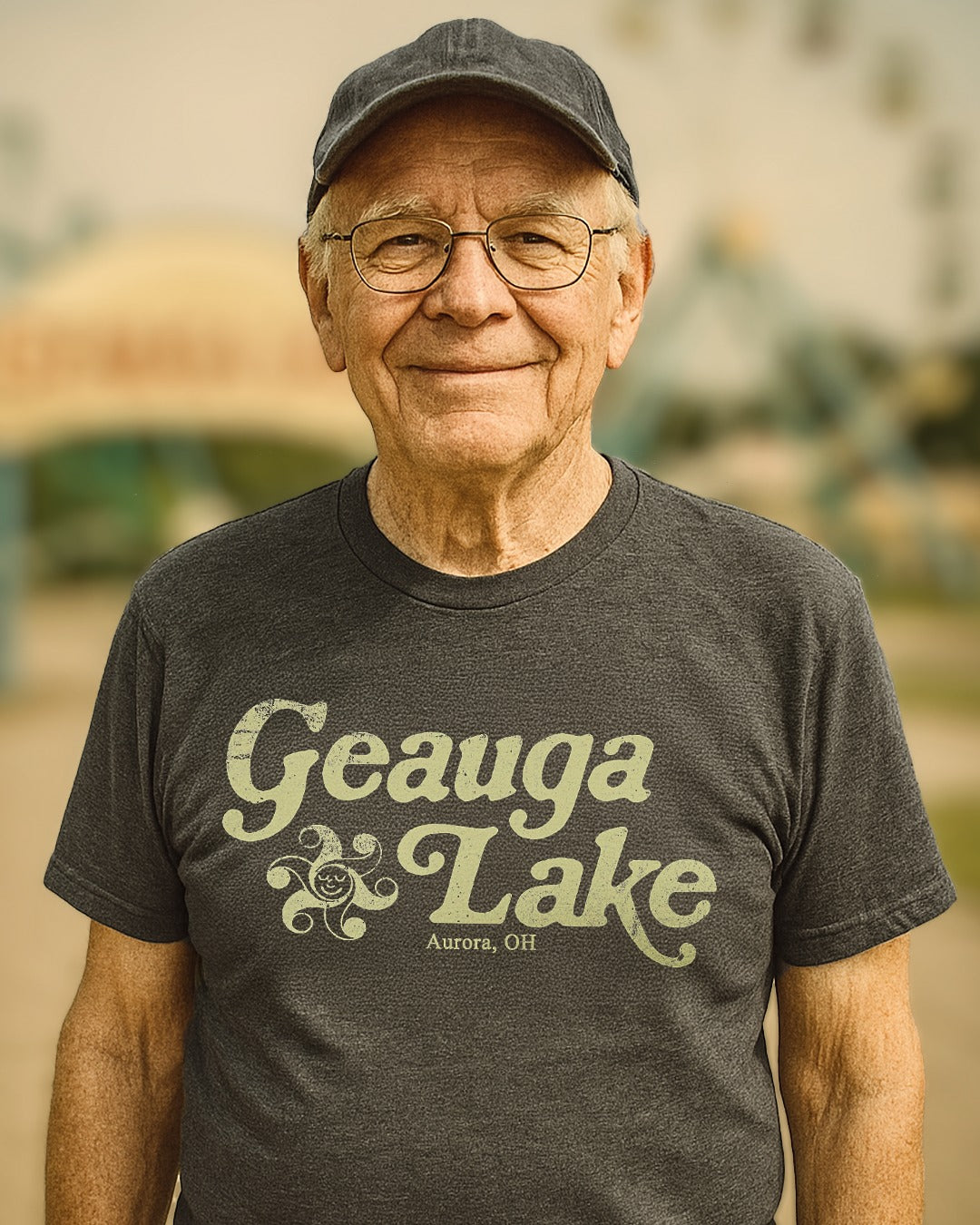The new wave music of the ‘80s is most closely associated with cable TV and, in particular, MTV. However, even before that cable channel lifted off, several radio stations were playing the exciting new artists making this cutting-edge music. Many continued through the decade as the format expanded and became known as alternative rock, college alternative, and modern rock.
Save 20% on our entire collection of modern rock radio apparel with the code "modernrock." Click on the images to shop.
Radio and rock & roll have always had a close relationship, and both grew and expanded through the ‘60s and ‘70s. As rock artists became more adventurous, so did radio and vice versa.
In the mid-'70s, punk rock started gaining an audience, particularly in London, New York, and Los Angeles. Inspired by ‘60s garage rock, punk rockers reacted to mainstream pop and rock music, which they felt had grown stale and complacent. This criticism even applied to artists that were considered progressive at the time. Punk rockers, though, thought that music was pretentious and mired in excess. While many music fans agreed with the premise, they found punk to be a bit harsh. This led to a more accessible offshoot that was soon dubbed new wave. This genre proved to have wider mass appeal.




In Los Angeles, the development of new wave music coincided with the rebirth of radio station KROQ, which returned to the air in 1975 after a yearlong hiatus. The reborn station immediately began playing music by punk and new wave bands, with particular attention given to acts from Southern California. Many of these artists were signed by L.A.-based IRS Records. Indeed, several years before MTV gave these artists national exposure, KROQ was pioneering the modern rock format.




MTV, even though it was late to the party, in turn, helped inspire several radio stations across the country to change formats including, WFNX, Boston (1981), WLIR, Long Island, New York (1982), WRQC in Cleveland (1983), WOXY, 97X, in Oxford, OH, halfway between Dayton and Cincinnati, and WHFS covering Baltimore and Washington, D.C. In Pittsburgh, former contemporary hit radio station WYDD began playing more new wave music in addition to its core top-40 artists.
What made the format so fun was the diversity. "What I liked about modern rock,” says Rob Ervin, who worked at WOXY in the early ‘90s, “was how malleable the term was. Sometimes it could be literal, but often it was neither modern nor rock. Modern rock could be the Blasters (who certainly rocked but didn't sound modern) to Erasure (who didn't really rock but certainly sounded modern). Modern rock was a broad category with room for all kinds of different artists."




In 1985, Pittsburgh welcomed WXXP to the airwaves. "Double X," as it was branded, was a full-time modern rock station. However, it abandoned the format three years later. This was at a time when the format as a whole was in flux around the country. New wave had run its course to an extent, but the kids that grew up with it were attending, or just graduating from, college. There was still a void to be filled, and in Pittsburgh, one programmer saw an opportunity.
“I was sitting around the WPTS offices when I got the idea to just take out the phone book and start calling radio stations,” explains Bree Freeman. WPTS is a radio station licensed to the University of Pittsburgh and, at the time, had a mostly modern rock format. Freeman was the program director, and with graduation looming, realized he needed a job in radio. The city also lacked a commercial modern rock station, so he set about to solve both problems.
“Everyone laughed at me right through the phone line,” he says, “except one guy who said ‘let's have lunch.’” That turned out to be the owner of a small AM station that was playing ‘50s and ‘60s oldies in the suburb of Monroeville. Freeman convinced the station’s owner to flip formats. On April 15, 1989, WXVX, 1510 AM, re-launched as modern rock station X-15.
“The night before we launched, I slept at the station,” he recalls. “I woke up and had some trouble starting the transmitter. My friends from (public radio station) WYEP were instrumental in helping me figure that equipment out and how to use it. I called one of them and had to have them walk me through it over the phone. I may have been a minute or two late getting things rolling.”
The modern rock party on American radio didn’t last, though, as businessmen took notice and began to supplant radio and music people at stations around the country. When radio ownership laws were loosened in the mid-nineties,” says Sledge, who also worked at WOXY, “even more stations came on board, and corporate radio took notice of the format. With that, it started becoming more regimented and not as loose and freeform as it used to be.” Many stations approached modern rock in the same way highly profitable contemporary hit radio stations did. The problem was compounded by the trend of replacing local talent with so-called voice tracking (prerecorded DJs, often from out of town), with all programming coming straight from the national corporate offices.
Today, there is a so-called alternative rock station in just about every major market, but few are like the pioneering stations of the ‘80s. Most are owned by large corporations, not programmed locally, and feature shockingly narrow playlists, surprising in the age of streaming when such a variety of music is easily available to music lovers.
Indeed, streaming presents a lot of advantages over traditional radio. However, as with most any advancement, there is a small price and a certain sense of loss. For fans of modern rock radio of the ‘80s and ‘90s, it’s a sense of community, trust, and discovery that has all but disappeared.







